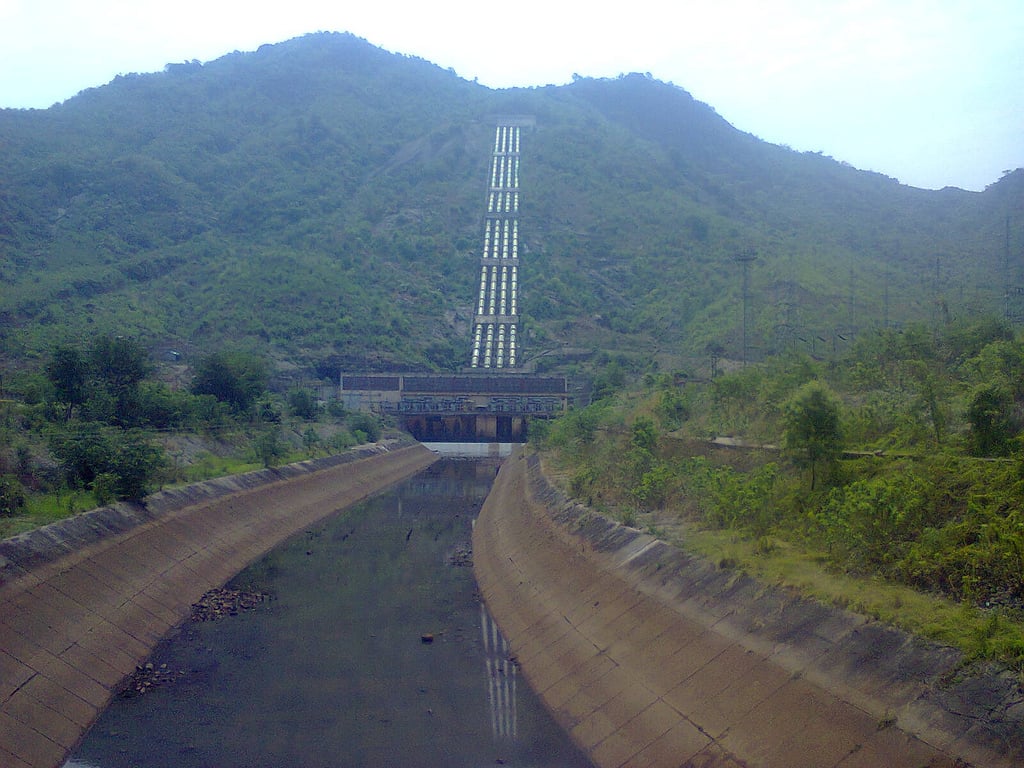
This, the authority said, is in order to enable their commissioning “on a fast track”. The announcement comes shortly after the government’s finance minister Nirmala Sitharaman pledged in the Union Budget 2024 that PHES plants would be supported by policy measures.
The CEA advises the Indian government on policy and formulates electricity system plans. As regular readers of Energy-Storage.news may have seen, its National Electricity Plan 2023 which helps guide the Ministry of Power called for large deployments of both battery energy storage system (BESS) and PHES-based energy storage in the coming years.
As India targets 500GW of new non-fossil fuel energy by 2030, and net zero emissions from all sectors of the economy by 2070, the integration of storage into the power system will become increasingly vital, the CEA and government have projected.
By the 2031-2032 timeframe, that equates to about 47GW/236GWh of grid-connected batteries, and 27GW/175GWh of pumped hydro, for a total 74GW energy storage output and 411GWh capacity.
By 2047, CEA modelled that a total of 320GW/2,380GWh will be needed, with 230GW/1,840GWh from battery storage and 90GW/540GWh from PHES.
176GW of pumped hydro potential across India
CEA said that it has so far received around 60GW of proposals for PHES projects, currently at the Survey & Investigation stage, ahead of detailed project reports (DRPs) being put together.
The two projects selected last week are the 600MW Upper Indravati PHES in Odisha, being developed by Odisha Hydro Power Corporation (OHPC), and the 2000MW Sharavathy project in Karnataka, in development through Karnataka Power Corporation Ltd (KPCL).
Upper Indravati would see pumped hydro capacity added to an existing 600MW (4 x 150MW unit) hydroelectric power plant. According to OHPC’s website, the corporation also wants to add pumped hydro to two other operational hydro plants, the 320MW Upper Kolab plant and 510MW Balimela plant.
Sharavathy meanwhile appears to be a 2,000MW PHES addition to an existing 1,035MW pumped hydro plant in Karnataka.
In addition to fast-tracking the two plants towards DRP status, the CEA has revised its guidelines for submitting projects into planning, which again is aimed at streamlining and speeding up the process.
CEA noted that in addition to the 60GW of submitted proposals, India currently has 4.7GW of PHES plants in operation, 4GW already under construction and 3.6GW have ‘concurred,’ meaning construction is to be started. India’s total PHES, or pumped storage plant (PSP) potential, to use CEA’s own terminology, is about 176GW, the authority said.

